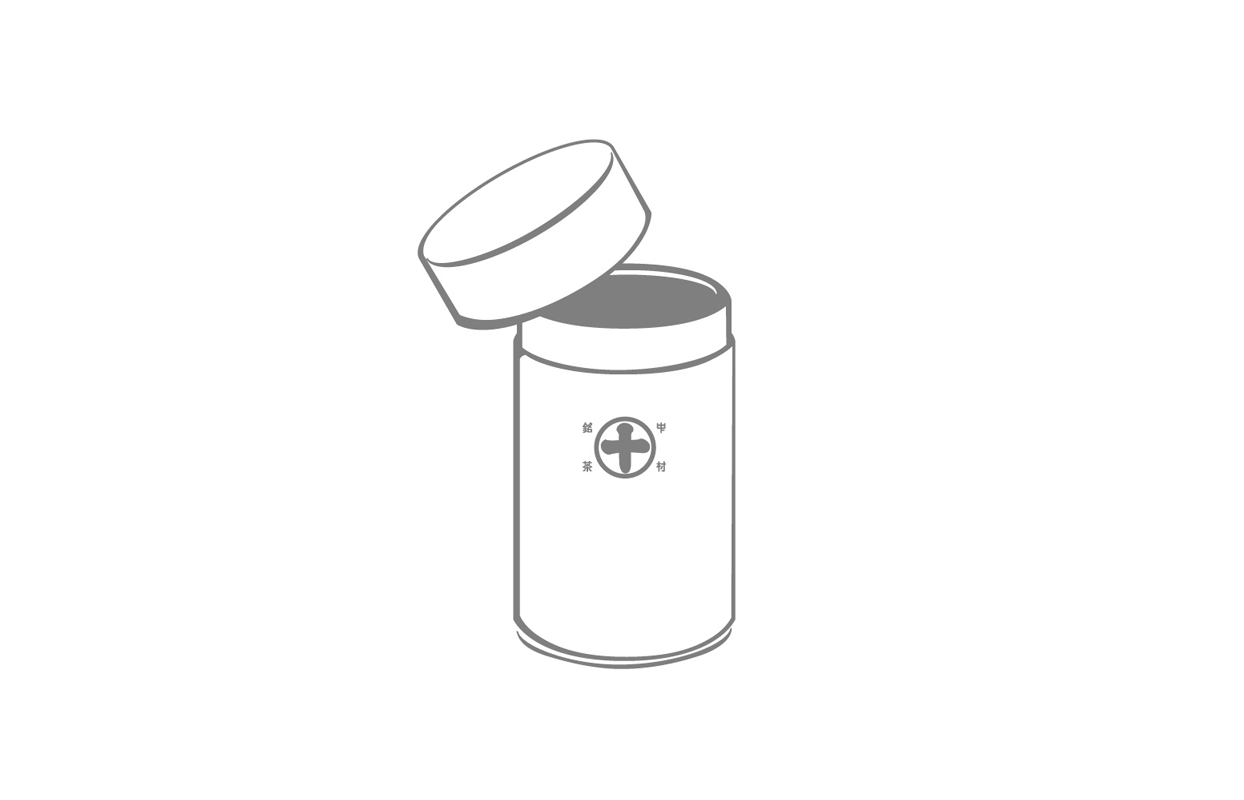Generally, the higher the price, the sweeter and more delicious the tea. The bitterness and astringency will be more refined, the aroma will be better, and the leaves will have a brighter shade of dark green.
Matcha
What Is Matcha?
Matcha is made from a tea called tencha. To produce tencha, we cover the tea plants to block sunlight while the sprouts are growing, then finely grind the tea leaves with a tea millstone. Blocking sunlight prevents the sweet and flavorful components from turning bitter and acidic. As a result, tencha develops a deep, mellow sweetness with a rich and profound character.
What is Tencha?
The production process for tencha involves covering the tea plants to block sunlight while the sprouts grow, steaming the tea leaves, and drying them without kneading. After removing the stems and leaf veins, only the soft parts of the leaves are ground with a tea millstone to produce finely ground matcha
Quality Differences
sweetness
Deep, strong, and profound aroma with a lingering aftertaste. Complex and elegant, with rich flavor.
Light and shallow, with a flavor that doesn't linger. The sweetness is hard to notice unless you focus on it.
umami
Thick and velvety soft, adding to its smoothness as the tea matures. Complex yet harmonized.
The tea's bitterness overpowers its umami. It is mostly thin, shallow, and simple, lacking richness.
bitter and astringent
The tea has almost no bitterness or astringency, unlike sour persimmons. Its flavor is smooth, mellow, and pleasantly reminiscent of the seven spring herbs.
The aroma is strong and intense, with a biting quality that stings the tongue.
aroma
Elegant, delicate, and complex. Profound, thick, and deep with a rich umami.
Simple and rough, lacking depth and spread. Dominated by the roasted aroma called hika.
colour
Deep emerald green with the vibrant brightness of tender green.
The green color looks burnt with red and yellow hues. It’s flat and dull, and the color fades quickly after adding hot water.
How to Make a Good Bowl of Tea
When brewing green tea, use lower temperature water to extract its sweetness. Higher temperatures will release more bitterness and astringency.
There are two ways to whisk matcha: usucha (thin tea) and koicha (thick tea), each highlighting different aspects of matcha.
Since matcha is prone to clumping due to static electricity and other factors, it's best to use a matcha sieve or tea strainer first. If these are not available, gently loosen the matcha with a dry tea whisk.
For koicha, we recommend using products priced at 30 g/2,100 yen or above, as it requires a larger amount of tea to achieve the desired thickness.
Usucha (thin tea)
Koicha (thick tea)
Cold Matcha

how to store
Here are some tips to keep your tea fresh and enjoy it to the fullest.













